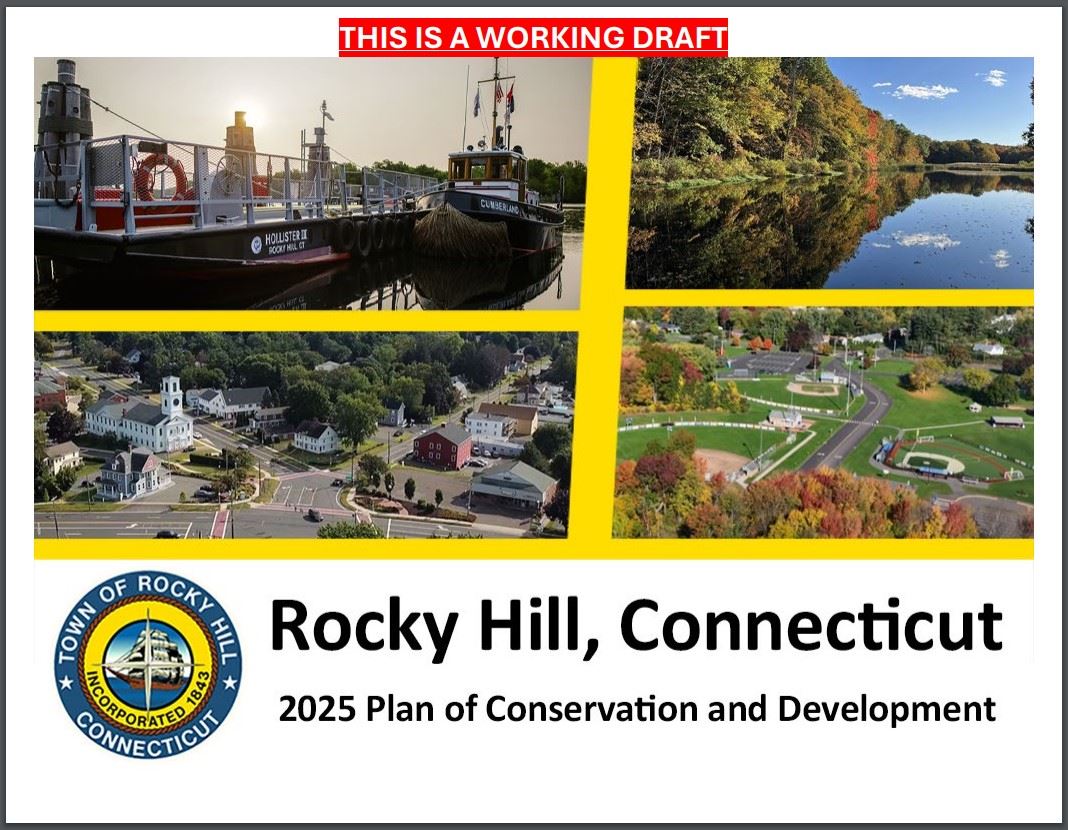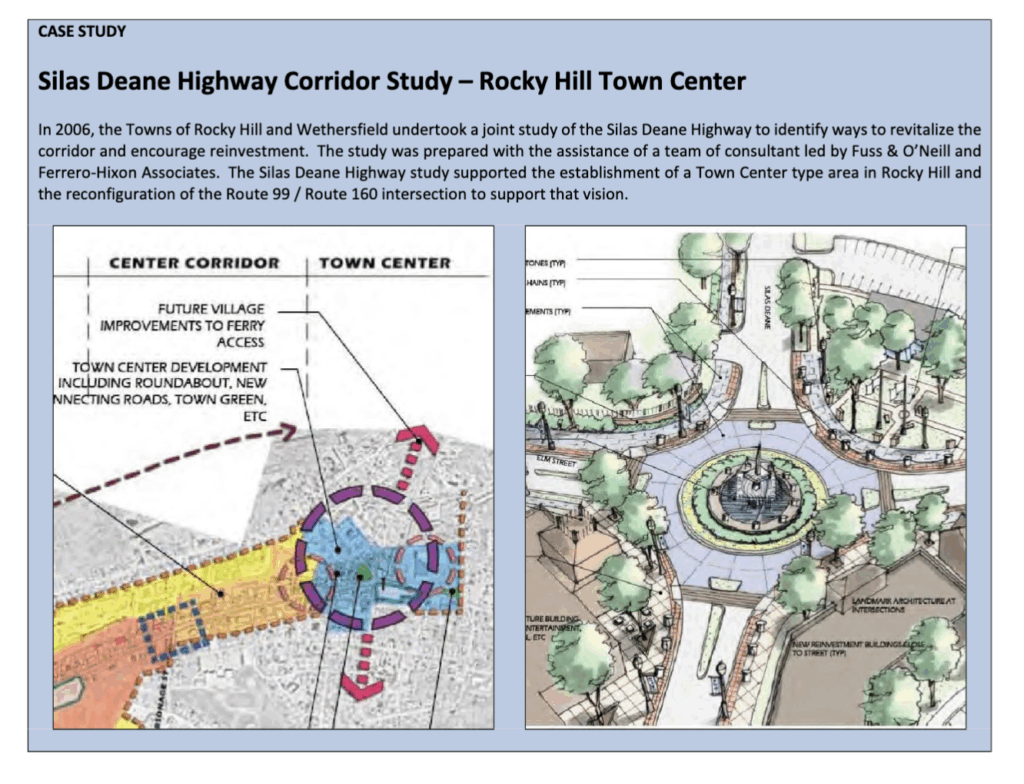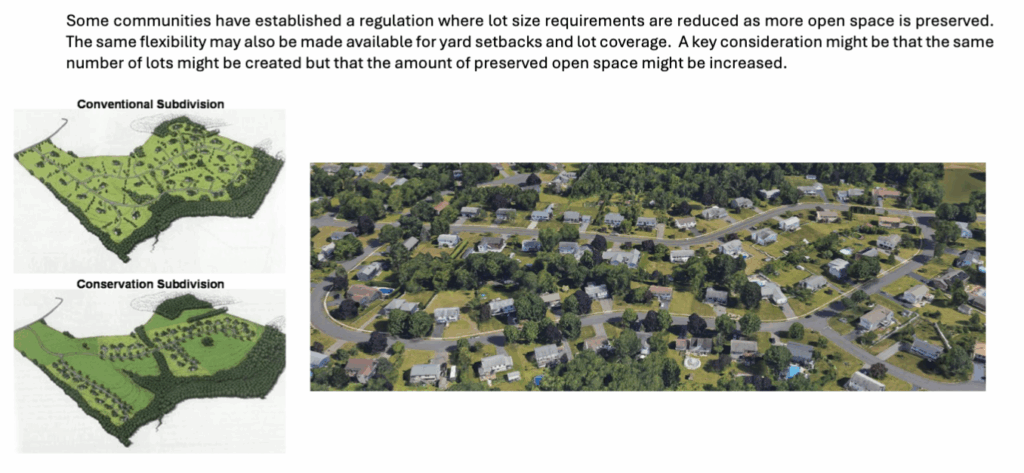Once again the annual budget season is upon us. In the coming weeks the Town Council will conduct a series of public hearings and workshops to set the mil rate that establishes the taxes for the upcoming fiscal year.
The spectre of potential cuts in State and Federal funding hovers over the Council’s efforts to develop a budget this year. The chaos of the Trump administration results in increasing cuts of Federal funding to Connecticut. In turn, state legislators struggle to determine funds to towns amidst shifting federal priorities. Here in Rocky Hill, we must make a budget that takes all this uncertainty into account.
The Rocky Hill Town Council is responsible for creating a budget that maintains and perhaps enhances existing services while minimizing tax increases. The task this year is especially difficult due to GOP-led Council budget decisions, which have resulted in increased taxes and stagnant services.
The preamble to the Town Manager’s proposed budget correctly states that a considerable increase in taxes for the 2024-2025 tax period is due to homeowners revaluations. This is, however, only one part of the puzzle. Taxes rose not just because home values increased, but because the town took on significant financial burdens and failed to grow our economic sector.
For example, Rocky Hill was fortunate enough to receive approximately 5.9 million dollars under President Biden’s American Rescue Plan Act (ARPA) funding during the COVID-19 pandemic era. These ARPA funds were supposed to allow the Council to maintain services and add enhancements as needed. Unfortunately, rather than using the ARPA funding primarily for needed construction or maintenance projects, some ARPA funding was imprudently used for hiring full-time positions at town hall. The full time Emergency Manager position turned into a fiasco and waste of funds. Others hired with ARPA funds which have been exhausted must now be funded by taxpayer tax money.
These funds could have been used to avoid a tax burden. Many years ago the Town Council became aware that Stevens School required a new HVAC system. The HVAC project for Stevens School of approximately 1.6 million dollars could have been partially funded by the Town ARPA funds and partially funded by a State grant. The GOP majority on the Council opted to not accept the grant, but to fund the Stevens HVAC project with local taxpayer dollars over a 3 year period. That project has now been extended even further due to other more urgent projects with the likelihood of increased costs going forward and little chance of obtaining further grants. This will ultimately cost the taxpayers even more money.
Other factors have impacted the tax burden on Rocky Hill’s taxpayers. Reports from the Town Assessor have shown that our business Grand List – a listing of all assessed and taxable properties in town – has remained mostly flat. This means that the bulk of any tax increases faced by the town falls on the backs of residential taxpayers. Hopefully the recently hired Economic Development Manager can make a positive impact, after prior budgets had “frozen” that position, leaving no town staff exclusively working to grow Rocky Hill’s Grand List.
As Democrats have consistently argued, the GOP majority exacerbates the tax burden for residents by overly favoring developers. Take the Republican decision to offer a generous 10+ year abatement for the Kelson Row project. Kelson Row is currently paying approximately $82,000 in taxes as opposed to the pre-revaluation estimated taxes of more than $1 million annually. As multi-family property values have skyrocketed since the pandemic, Kelson Row saw no increase, nor will see any increase, when it could be contributing significantly more than $1 million per year to our tax base at full valuation.
This abatement is not set to expire until 2034. Again, the taxes not paid because of this abatement must be paid by residential tax payers, many of whom are on a fixed income or are struggling families trying to make ends meet.
This year it is very important for the citizen taxpayers of Rocky Hill to make their voices heard. We the members of the Council represent you. Attend budget hearings and workshops and comment. Send in written letters or emails to be read into the public record, sign petitions, write letters to the editor. What are your priorities overall and what are your priorities should Federal or State funding be reduced?
A budget hearing will be held on April 22nd with workshops on April 24th, April 29th and May 1st. Also May 6th and 8th only if necessary. The Council final vote on the budget is on May 19th.
Make your voices heard!




